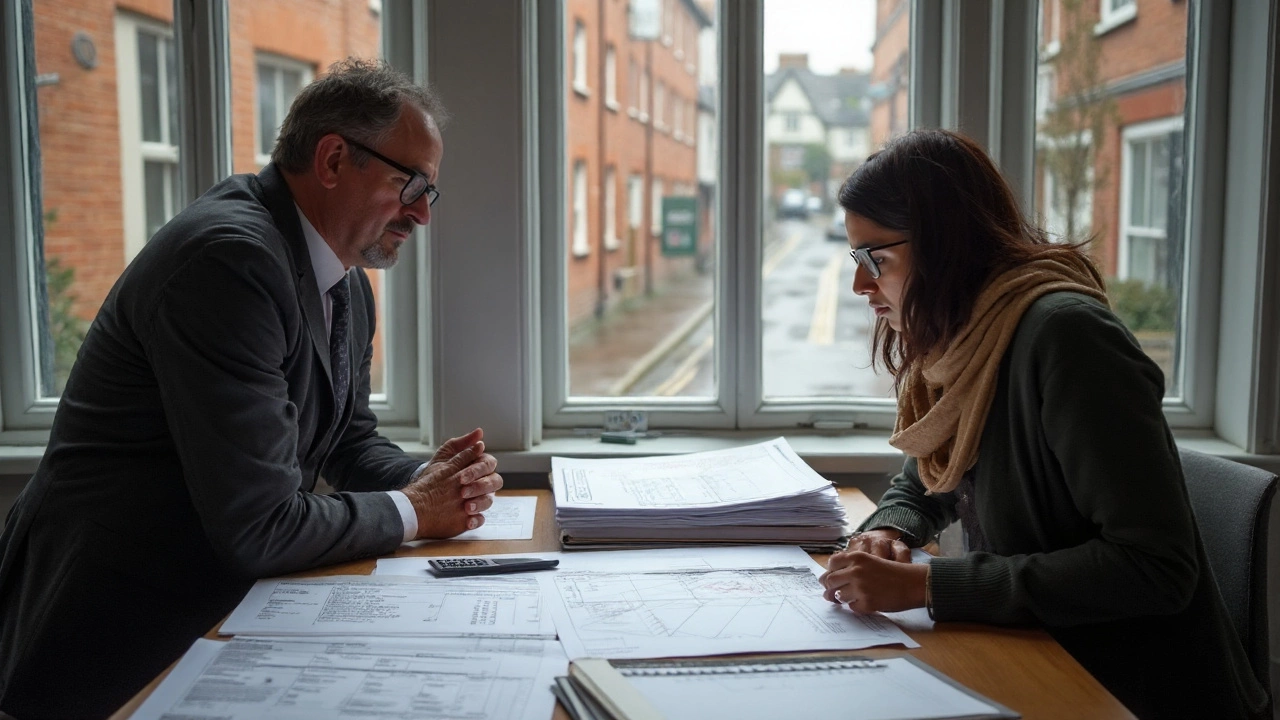Eco Friendly Homes in the UK – What You Need to Know for 2025
Thinking about building a green house? You’re not alone. More people want low‑carbon homes, but the rules, costs, and skills can feel like a maze. This guide cuts through the noise and gives you the facts you can act on right now.
Planning rules that actually matter
First stop: the planning office. From 2025 the Future Homes Standard kicks in, meaning new builds must hit specific energy‑performance targets. In plain English, you’ll need a heat pump or a very efficient boiler, plus walls that meet higher insulation standards. Some councils already require a Zero Carbon plan with your application, so check the local authority website before you draw up any designs.
What if you’re renovating? The rules are a bit softer, but you still need to meet the new standards for any new floor area. That means a loft conversion will need the same heat‑pump readiness as a brand‑new home. It’s worth hiring a planning consultant who knows the latest UK guidelines – they can save you weeks of back‑and‑forth.
Real‑world costs and where to save
Going eco doesn’t automatically mean you’ll break the bank, but the headline numbers are higher than a standard build. A typical 2‑bedroom eco home can cost about 10‑15% more – roughly £15,000‑£25,000 extra for a £200,000 build. The biggest chunk comes from the heat‑pump system and the upgraded insulation.
Here’s a quick cheat sheet:
- Heat pump unit and installation: £8,000‑£12,000
- External wall insulation: £4,000‑£7,000
- Ground‑source or air‑source loop work: £3,000‑£6,000
- Compliance documentation and testing: £1,000‑£2,000
Look for government grants and the Green Homes Grant extension – many homeowners still qualify for up to 30% off eligible work. Also, ask your builder if they can source reclaimed timber or recycled brick; that often trims material costs while keeping the eco credentials intact.
Don’t overlook the long‑term savings. A well‑installed heat pump can slash heating bills by 40‑60%, and better insulation means you’ll use less energy year‑round. Over a 20‑year mortgage, those savings can easily offset the upfront premium.
Another hidden hurdle is skills. Qualified installers for heat‑pump systems are still in short supply, especially in rural areas. Book them early and be ready to pay a bit more for a certified installer. It’s a small price to pay for a system that will run smoothly for years.
Finally, think about future‑proofing. Adding a smart thermostat, solar PV panels, or a battery storage unit now can make your home even greener without major retrofits later. These upgrades are becoming cheaper and often qualify for additional incentives.
Bottom line: building an eco‑friendly home in the UK in 2025 is doable, but you need to plan for tighter regulations, higher upfront costs, and the right experts. Use the checklist below to keep yourself on track:
- Confirm local planning requirements for Future Homes Standard compliance.
- Choose a heat‑pump type that suits your site (air‑source vs. ground‑source).
- Budget an extra 10‑15% for eco‑specific materials and labour.
- Apply for available grants and tax reliefs early.
- Hire certified installers and schedule them well before construction starts.
- Consider adding solar PV or battery storage for extra savings.
Follow these steps and you’ll turn the “green house” dream into a practical, affordable reality. Ready to get started? Grab a notebook, reach out to a local planner, and start mapping your eco‑friendly future today.
Eco-Friendly Home Limits in the UK (2025): Planning, Costs, and Trade-offs
Real limits to building green in 2025 UK: planning rules, costs, grid, materials, skills, and climate. Practical fixes, costs, and checklists you can use now.
